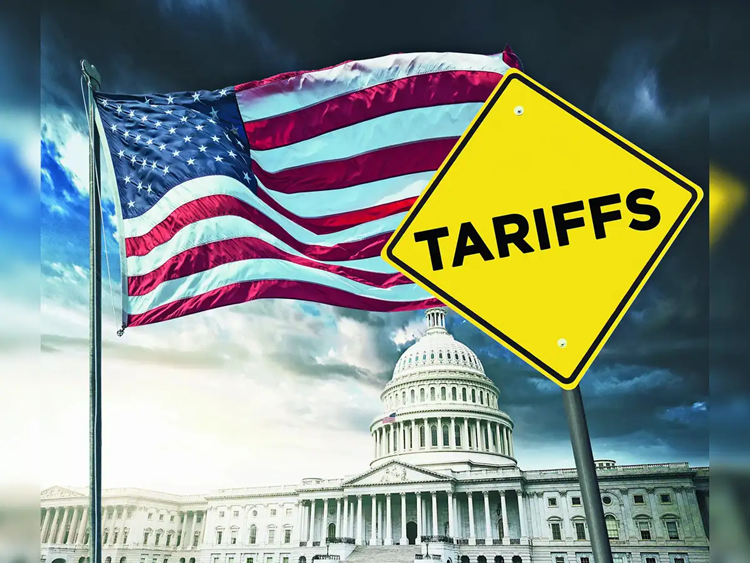
The synthetic polymer market led by nylon fibres which are far stronger and elastic than polyester fibres and can create smooth and lightweight fabric with high tensile strength, is doing rather well in the global markets. The Nylon-6 polyamide fibre which is semi-crystalline and commonly known as polyamide -6 (PA6) is the bestseller of this segment and the market is expected to be worth $26 million in 2032 growing at a CAGR of 5.9 per cent, predicts a Future Market Insights study.
The recent report on the Nylon-6 global market by Future Market Insights highlights, demand for environmentally-friendly products as well as the demand for Nylon-6 in emerging textile market will boost its popularity and hence growth. The incorporation of PA 6 and PA 6, 6 into 3-D printing systems is expected to lead to market growth for nylon-6. From 2016 to 2021, the market grew at 5.1 per cent and this pace is expected to continue over the next decade.
Versatility makes Nylon 6 suitable for many industries
Most industries value the strength, durability, and elasticity of Nylon 6 because it is characterized by many physical and chemical properties that make it suitable for a broad range of applications. About 60 per cent of global production of polyamides is composed of Nylon-6, due to its engineered thermoplastic properties, it has good flow properties, moldability, extrusion capability, chemical resistance, and morphological properties which are useful in present and future markets.
Some industries where its in use are: automotive, packaging, electronics & electrical, wires & cables, textiles, films and coating, while in future there will be a surge in demand in the healthcare and musical instrument segments. Nylon 6 is considered the most preferred polyamide in applications subjected to thermal and mechanical stress due to its high dielectric resistance and this will significantly increase its market share.
Start-ups entering the segment
The Future Market Insights report suggests, along with being used in various kinds of textiles, high-strength Nylon-6 is also popular in industrial applications, transportation, and electronic devices. Seeing it as a lucrative investment, many start-ups in India and around the globe are now using Nylon-6 products in various fields. The main players in the global market include BASF SE, Honeywell International, DuPont, Royal DSM, UBE Industries, Invista, Formosa Plastics Corporation, Gujarat State Fertilizers and Chemicals, June, Taulman 3D, Printscopia and others.
CORDURA Recycled Nylon 6,6 (RN66) is popular and a platform was launched by Material ConneXion, a manufacturer of recycled polymers, which has accepted the CORDURA re/cor RN66 collection. Also in Bangkok, Milan, Daegu, Skövde, Tokyo, and New York, the Material ConneXion exhibition will showcase award-winning fabrics, which includes this collection.
Some properties that hinders growth
However, a significant flammable dripping problem and insufficient flame retardance may limit the use of PA6 in many industries. Pollution caused by plastics and over-specified products, such as reinforced polypropylene, may hamper growth. Also, the low prices of other products like polyvinylidene fluoride, bio-absorbable polymers, and polypropylene, pose a threat of substitutes affecting the market growth.
Due to their biodegradability, some other environment-friendly materials like bio-absorbable materials also can pose a serious threat to the environment. With customers now more concerned about environment and health issues, most governments are monitoring methods for checking the negative effects of polymers on the environment, which will ultimately hit demand of the end-user that defines the growth of nylon-6 in its various segments of transportation, textile, industrial application, electrical and electronics as well as music, healthcare, and coating sector.
However, it is the textile and apparel industry that is the primary growth driver and analysts say if cards are played right, this synthetic fibre segment will be the front-runner now and in the near future.












